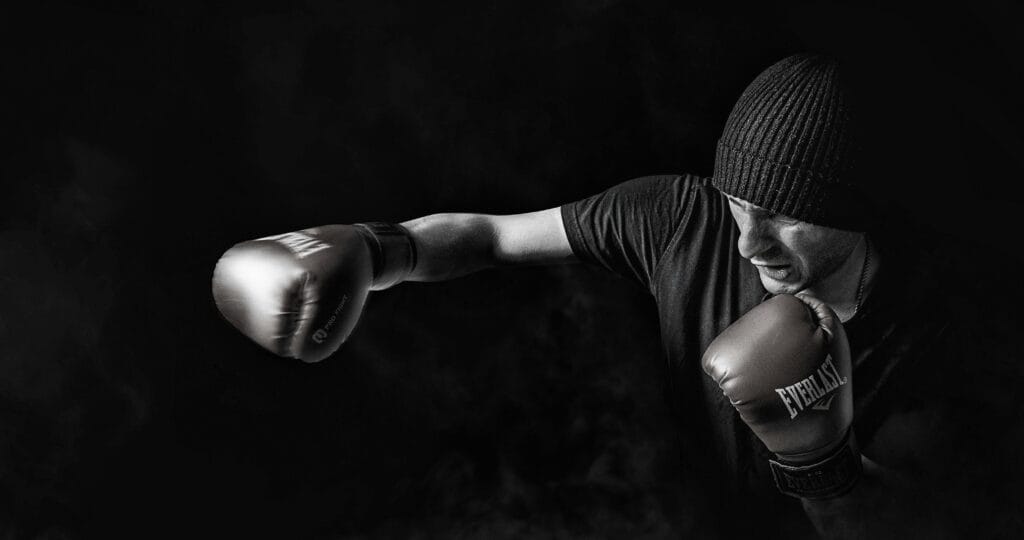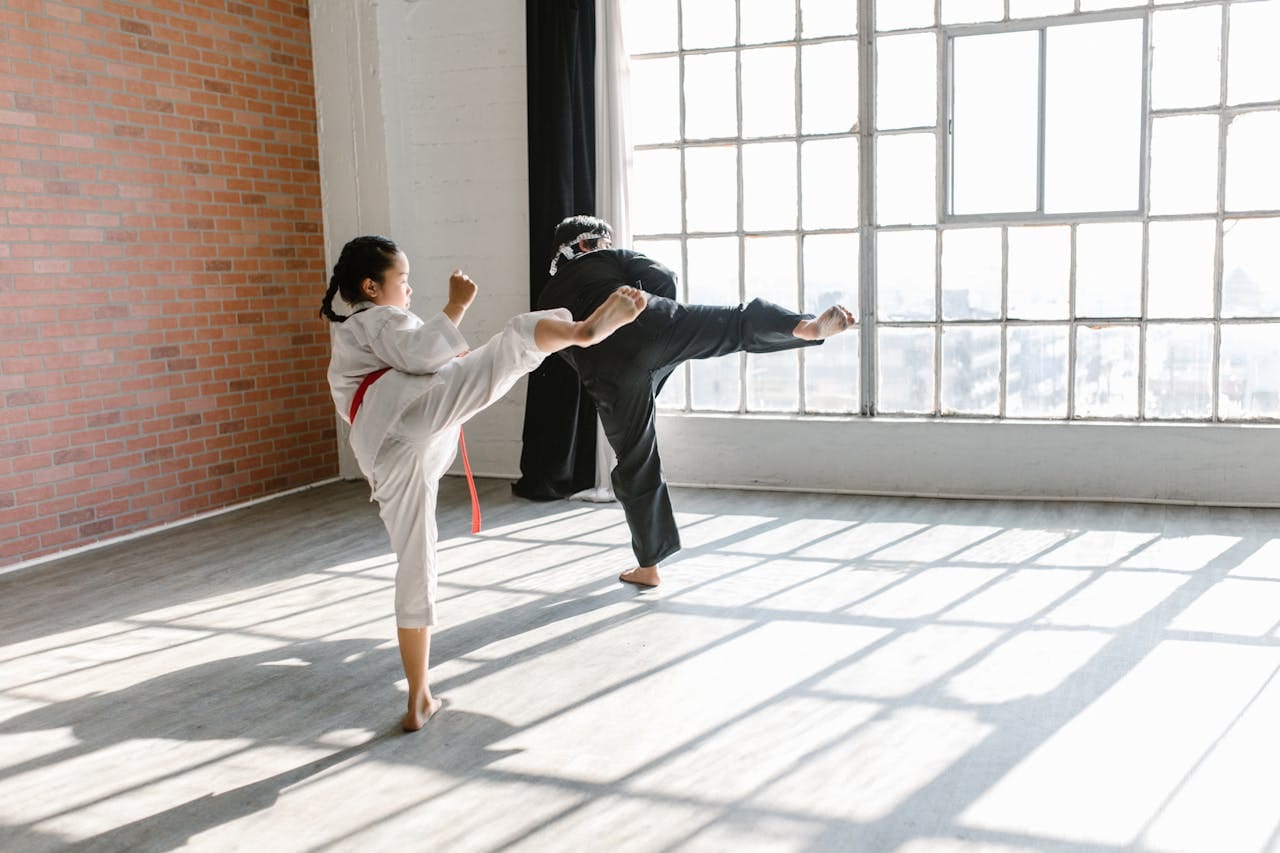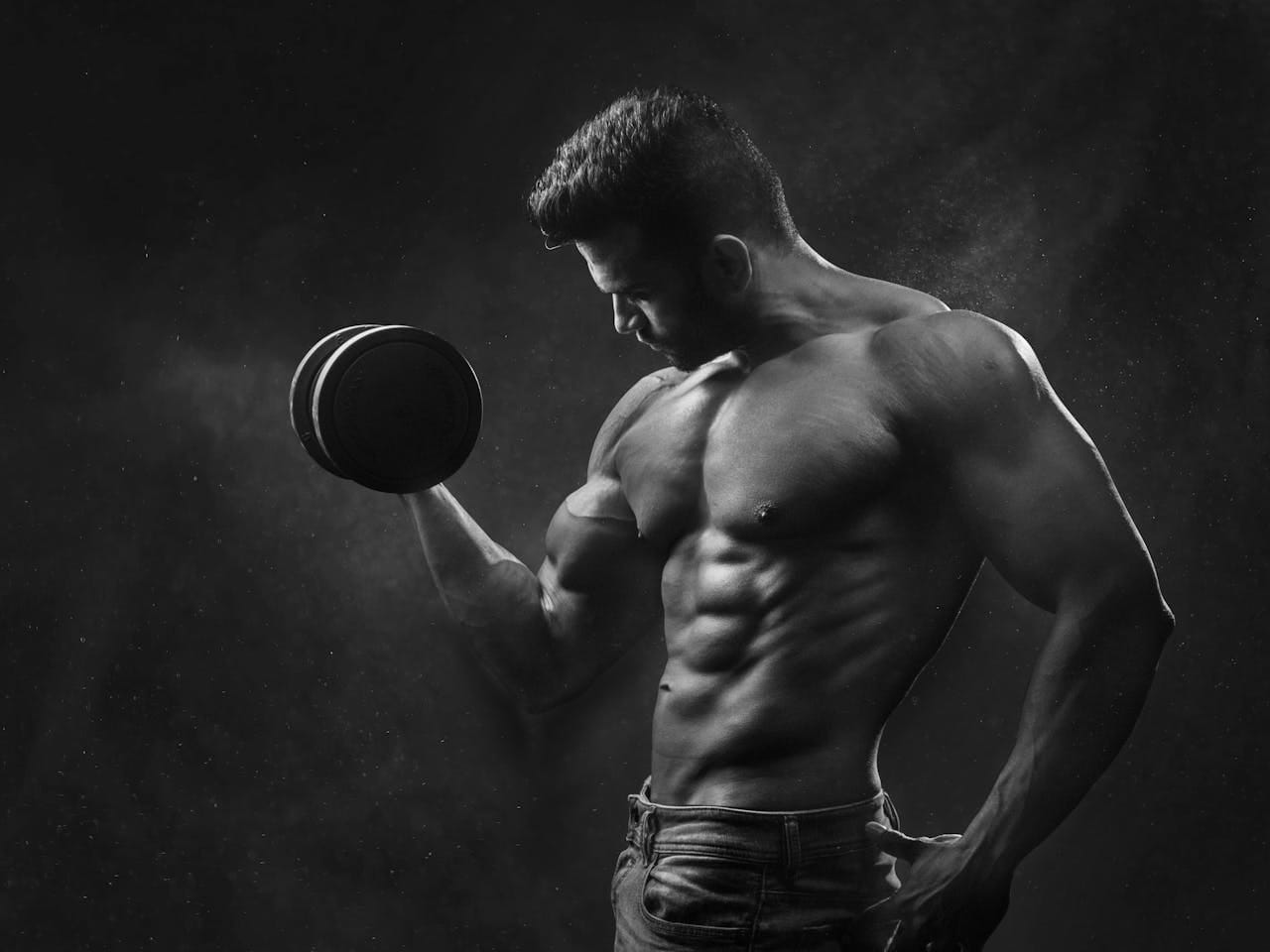By Rock

The first time I attempted a roundhouse kick in my Muay Thai class, I nearly took out a water cooler and myself in the process. The instructor simply nodded and said, “Everyone’s first kick looks like they’re falling off a boat.” Ten years and countless bruises later, martial arts has transformed not just my fitness level but my entire approach to life.
Did you know that a typical martial arts session can burn anywhere from 500-900 calories per hour while simultaneously building strength, flexibility, and mental focus? That’s more efficient than most conventional workouts—and infinitely more interesting.
Introduction: Your First Steps on the Path
As someone who’s practiced everything from Brazilian Jiu-Jitsu to Karate over the past decade, I’ve seen firsthand how martial arts can revolutionize fitness for people of all body types and athletic backgrounds. I’ve also witnessed the intimidation that keeps many beginners from ever stepping onto the mat.
“Will I look ridiculous?” (Yes, initially, but so does everyone.) “Am I too out of shape to start?” (Absolutely not.) “What if I’m not naturally coordinated?” (That’s precisely why martial arts training works so well.)
This guide will help you navigate these common concerns while providing practical advice for beginning your martial arts journey. No matter your current fitness level, age, or athletic experience, there’s a martial art that can transform your body and mind—if you’re willing to embrace being a beginner.
Choosing Your Fighting Style: Match Your Personality to Your Punch
The Energizer: Kickboxing/Muay Thai
Fitness benefits: Exceptional cardio endurance, leg strength, core development Time commitment: 2-3 sessions weekly (45-90 minutes each) Learning curve: Moderate—basic techniques can be learned quickly Self-defense application: Highly practical standing combat skills
Kickboxing is like espresso in workout form—intense, efficient, and leaves you buzzing with energy. If you’ve ever wanted to channel your inner action hero while torching calories, this style delivers. Just prepare for the inevitable moment when you attempt to demonstrate a new kick to friends and pull a hamstring at a party. (Learn from my mistakes.)
The Chess Player: Brazilian Jiu-Jitsu (BJJ)
Fitness benefits: Full-body strength, incredible core development, improved flexibility Time commitment: 2-4 sessions weekly (60-90 minutes each) Learning curve: Steep—think of it as physical chess Self-defense application: Exceptional for real-world situations, especially against larger opponents
BJJ is perfect for analytical minds who enjoy solving physical puzzles. While other martial artists are throwing flashy kicks, BJJ practitioners are figuring out how to use leverage to control opponents twice their size. It’s the thinking person’s martial art, though your laundry pile will increase exponentially—grappling makes you sweat in places you didn’t know could sweat.
The Traditionalist: Karate
Fitness benefits: Balance, coordination, core strength, discipline Time commitment: 2-3 sessions weekly (60 minutes each) Learning curve: Moderate—follows structured progression Self-defense application: Good foundational skills with practical applications
Karate offers structured progression through belt systems, making it ideal for those who appreciate clear goals and measurable advancement. The formality of training—bowing, addressing instructors properly, practicing forms—provides mental discipline alongside physical benefits. If you were the kid who color-coded your school notebooks, you’ll appreciate Karate’s systematic approach.
The Flow State Seeker: Tai Chi
Fitness benefits: Balance, flexibility, stress reduction, joint health Time commitment: Daily practice recommended (15-60 minutes) Learning curve: Gentle but requires patience Self-defense application: Subtle but effective for redirecting energy
Don’t let the slow movements fool you—Tai Chi practitioners develop remarkable core strength and balance. This internal martial art feels more like moving meditation than combat training, making it particularly accessible for those with joint concerns or those recovering from injuries. If your idea of perfect fitness involves tranquility alongside strength, Tai Chi might be your path.
The All-Rounder: Mixed Martial Arts (MMA)
Fitness benefits: Comprehensive—cardio, strength, flexibility, coordination Time commitment: 3-5 sessions weekly (60-90 minutes each) Learning curve: Steep—combines multiple disciplines Self-defense application: Highly practical across multiple scenarios
MMA training is the buffet of martial arts—a bit of everything combined into one intense package. This option suits those who get bored easily and want variety in their training. Fair warning: explaining to coworkers why you have cauliflower ear and a slight limp on Monday mornings becomes your new normal.
If you don’t able to select from these :-
Best martial arts for for self defense
Essential Beginner Techniques: Mastering the Fundamentals
The Perfect Stance
Your stance is the foundation everything else builds upon. Feet shoulder-width apart, knees slightly bent, weight evenly distributed, hands protecting your face. A proper stance should feel slightly uncomfortable at first—most beginners naturally stand too narrow or too wide.
Personal tip: Practice your stance while brushing your teeth. Two minutes twice daily adds up to significant muscle memory development.
Common mistake: Bouncing excessively or standing flat-footed. Neither your opponent nor gravity will be impressed by either approach.
The Basic Jab
The jab is martial arts’ equivalent of “hello”—it introduces you to your opponent and sets up everything else. Extend your lead arm directly forward, rotating your fist at the last moment, then return quickly to your guard position.
Personal tip: Focus on speed rather than power. A fast, accurate jab is far more effective than a telegraphed power punch.
Common mistake: Dropping your opposite hand when jabbing. I once learned this lesson the hard way during sparring and spent the next week explaining my black eye to concerned colleagues.
Proper Breathing
Breathing techniques separate beginners from experienced practitioners. Synchronize your breath with your movements—generally exhaling sharply during exertion (when striking or exerting force) and inhaling during preparation or recovery movements.
Personal tip: Practice “combat breathing” during everyday stress situations. The techniques that keep you calm during sparring work equally well during your performance review or traffic jams.
Common mistake: Holding your breath during intense moments. Nothing hastens fatigue like oxygen deprivation—something I discovered after nearly passing out during my first tournament.
The Essential Block
Before worrying about looking like a martial arts movie star, master the basic block. Raise your forearm at approximately 45 degrees to deflect incoming strikes, keeping your elbow close to your body and your fist near your opposite shoulder.
Personal tip: When practicing blocks, focus on efficiency of movement rather than power. A small, timely block beats a dramatic but late one.
Common mistake: Blocking with just your arm rather than rotating your entire body to absorb impact. Your arm bones will thank you for distributing the force properly.
Smart Training Tips for Beginners: Training Smarter, Not Just Harder
Finding Your Frequency Sweet Spot
For complete beginners, 2-3 sessions per week provides enough stimulus for improvement without overwhelming your recovery capacity. Remember that your nervous system needs to adapt as much as your muscles—learning complex movement patterns requires mental recovery time.
When I first started training, I enthusiastically signed up for daily classes and promptly burned out by week three. Start conservative and increase gradually.
Supplementary Training That Actually Helps
The best supplementary exercises for martial arts aren’t necessarily what you’d expect:
- Yoga: Improves the flexibility and body awareness crucial for advanced techniques
- Jump rope: Develops the cardio endurance and footwork coordination needed in most styles
- Bodyweight exercises: Builds functional strength that translates directly to martial movements
My personal game-changer was adding 20 minutes of yoga after strength training days. The improved hip mobility transformed my kicking technique within weeks.
Nutrition: Fueling Your Fighter
Martial arts training creates unique nutritional demands. A few fundamentals:
- Hydrate aggressively—you’ll lose more water than you realize during training
- Consume protein consistently throughout the day for recovery
- Time carbohydrates around your training sessions for optimal energy
- Don’t train completely fasted, but avoid heavy meals within two hours of practice
The pre-training meal that works best for me: a banana, a handful of almonds, and a small protein shake about 90 minutes before class.
Recovery: The Secret Weapon
Recovery isn’t just resting—it’s an active process that determines how quickly you progress:
- Sleep: Prioritize 7-9 hours nightly—skill acquisition happens during deep sleep
- Active recovery: Light movement on rest days enhances blood flow and healing
- Contrast therapy: Alternating hot and cold showers reduces inflammation
- Foam rolling: Addresses tight fascia that can limit your movement patterns
My biggest training breakthrough came not from training more but from taking recovery seriously. After implementing proper sleep hygiene and regular foam rolling, my performance improved dramatically despite training less frequently.
Mental Preparation: The Inner Game
The mental aspects of martial arts often determine your progress more than physical attributes:
- Accept looking foolish as part of the learning process
- Approach each session with a specific focus rather than trying to improve everything
- Find a sustainable pace—martial arts is a lifelong practice, not a six-week challenge
- Leave your ego at the door—comparing yourself to others is the fastest path to frustration
As my first instructor used to say, “The martial artist’s greatest opponent is the voice in their own head telling them they can’t.”
Conclusion: Your Journey Begins Now
“I fear not the man who has practiced 10,000 kicks once, but I fear the man who has practiced one kick 10,000 times.” — Bruce Lee
This quote captures the essence of martial arts training—consistent practice of fundamentals leads to mastery. The beauty of martial arts for fitness is that you’ll be so focused on learning new skills that you’ll barely notice you’re getting a phenomenal workout.
Whether you’re looking to lose weight, build strength, improve coordination, or simply find a fitness routine that keeps you mentally engaged, martial arts offers a path forward. You don’t need to be fit to start—you just need to start.
Remember that every black belt was once a beginner who decided to show up. The only difference between them and those who quit? Persistence through the awkward early phases.
Your martial arts journey starts with a single step onto the mat. Take that step.

